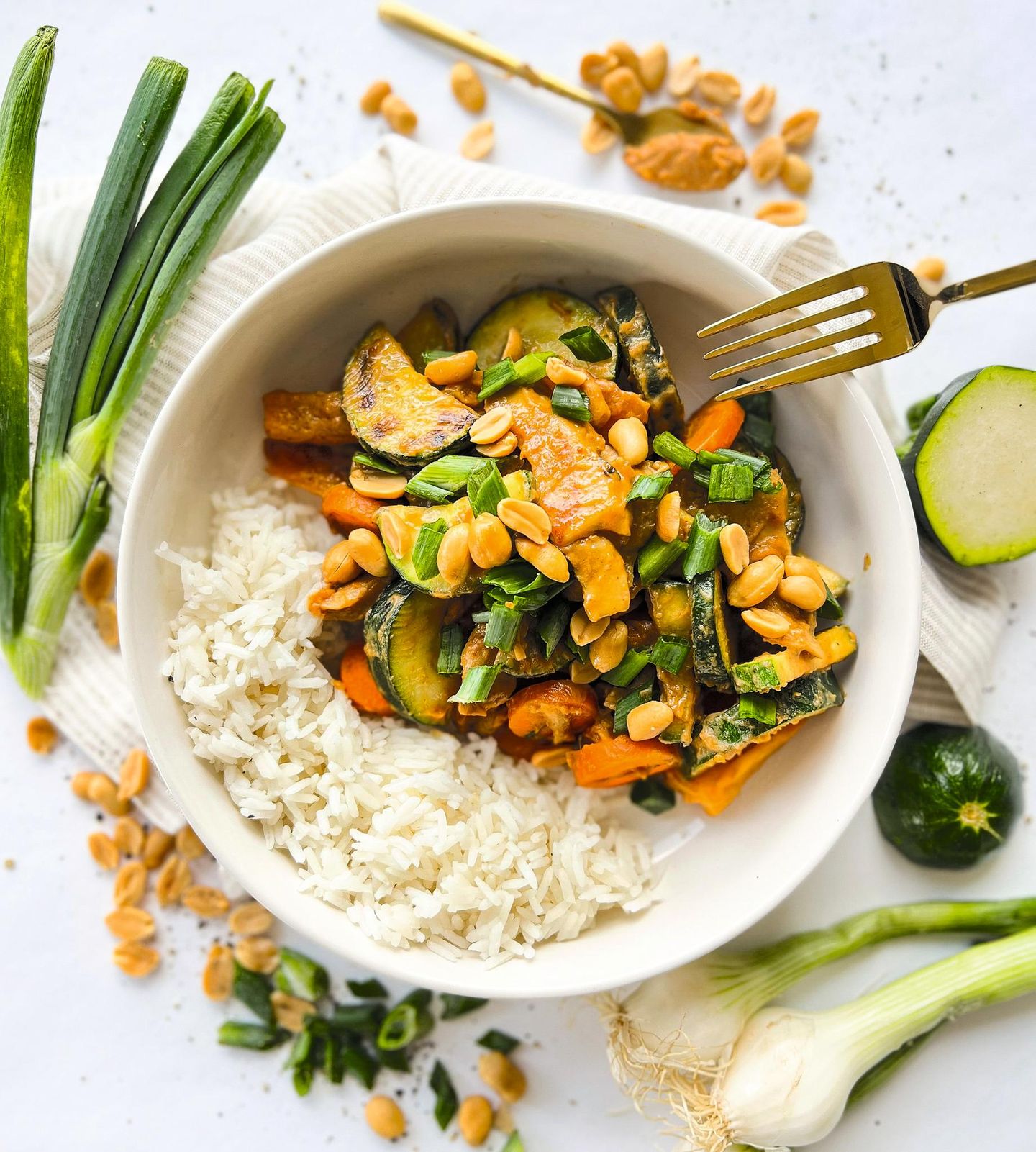star January challenge
Your task on January 14th: Eat only plant-based proteins
Copy the current link
With the star-January Challenge you can do something good for yourself in the New Year. The challenge: ten tasks on ten consecutive days. Are you there?
More time for family and friends, a better body feeling, living healthier: There are many reasons to break old habits – and establish new ones. It provides ideas and motivation star-January Challenge: For ten consecutive days in January you can dedicate yourself to a task set by us every day. And who knows – maybe the daily challenge will become a new, beloved habit that you can use to do something good for yourself in the new year?
Are you there? We would be happy about that. Today’s task is not that easy, especially for passionate meat eaters: one day only plant-based Proteins eat.
The body needs proteins to maintain and renew its cells. We recommend around 0.8 grams per kilogram of body weight per day. Strength athletes need even more if they want to build muscle. But it doesn’t always have to be steak and eggs, on the contrary. We’ll tell you how you can survive a day with only plant-based proteins and why it’s healthy.
These tips will help you eat plant-based proteins
Tip 1: Become aware that nothing is missing.
Die-hard carnivores won’t believe it, but your body doesn’t have to go without meat without meat. Plant proteins can be found in nuts, peas, lentils, tofu, almonds, pumpkin seeds and many other foods. The only important thing is how you combine the plant proteins with each other, because it depends on the biological value of the proteins contained in the food.
This is a value that indicates the quality of the protein by looking at how efficiently the body metabolizes the protein contained in the food into the body’s own protein. An arbitrary reference value is a chicken egg whose protein has been set to a biological value of 100.
Tip 2: Combine food correctly.
Taken individually, animal foods generally have a higher biological value than plant-based foods. The low-fat quark, which is popular among strength athletes, has a value of 81, beef of 80, while potatoes only have a value of 76. However, we can increase the biological value of the proteins contained in food by combining the foods with each other. For example, beans (60) with corn (72) together have a value of 102.
This means that the body metabolizes the proteins from beans together with corn more efficiently than when fed the foods separately. This is because there is a different concentration of in beans and corn. Nine of these amino acids are essential for life, namely: histidine, isoleucine, leucine, lysine, methionine, phenylalanine, threonine, tryptophan and valine. The better we combine these amino acids in our food, the more efficiently the body can convert the proteins into the body’s own, which makes the food “more valuable”.
Tip 3: Discover plant-based protein bombs.
Anyone who argues that there is naturally more protein per 100 g in meat than in plant-based foods is not always correct. Let’s take a look at the superstars among the plant-based ones.
On the one hand there are legumes, i.e. red lentils (27 g per 100 g), chickpeas (19 g per 100 g), peas (23 g per 100 g) and beans (20 to 25 g per 100 g). For comparison: Beef offers around 26 g per 100 g.
Nuts and seeds, on the other hand, are suitable for small appetites. Peanuts have 25 g of protein per 100 g, hemp seeds have 30 g per 100 g, strong almonds have 22 g per 100 g, pumpkin seeds have 19 g per 100 g.
Never again ready-made pizza! This is how you can have fixed comfort food for every day
Ingredients preparation © Nina Witt 
300 g jasmine rice
450 ml water
2 teaspoons salt for the rice
2 carrots
1 large zucchini
1 yellow pepper
3 stalks of spring onions
2 tbsp frying oil
1 tsp salt
1 pinch of freshly ground pepper
300 g vegan chicken alternative
3 tbsp peanuts (unsalted)
For the sauce
4 tbsp peanut butter
4 tbsp water
2 tbsp lime juice
2 tbsp soy sauce
2 tbsp agave syrup
Preparation time: 45 minutes including cooking time, Crowd: 4 servings
1. Bring the rice and water to the boil in a large pot. Once the water is boiling, add 2 teaspoons of salt and reduce the temperature to medium. Stir the rice regularly with a spoon and continue to let it simmer over medium heat so that it is soft after about 20 minutes.
2. Wash carrots, zucchini and peppers. Halve the peppers and remove the seeds. Cut the vegetables into bite-sized pieces. Cut the spring onions into small rings and set aside until ready to serve.
3. Heat the frying oil in a pan over a high temperature and add the vegetables except for the spring onions. Steam the vegetables for about 5 minutes, turning constantly, until they brown. Season with 1 teaspoon salt and a pinch of freshly ground pepper.
4. Add the vegan chicken alternative (usually it is already seasoned) to the vegetables in the pan and fry everything together at a medium temperature for 5 minutes.
5. Mix all the ingredients for the sauce together in a mug. If the mixture is a bit lumpy and thin, it doesn’t matter because the lumps will dissolve during cooking. Add the sauce to the pan with the vegetables and chicken. Let everything simmer at medium temperature for 5 minutes until the sauce thickens.
6. Arrange the rice and vegetables on plates and garnish with the spring onion rings and peanuts.
Back
Further
Tip 4: Proper planning with recipe ideas.
- Morning: Vegan banana shake
- Midday: Vegan bowl
- At evening: Chili sin carne
- Snacks: Nuts, vegetable sticks, hummus
If you only want to eat plant-based proteins for a day, you can’t avoid proper planning. Here it is worth cooking large enough portions in the evening so that you can eat another for lunch the following day. Would you like a little inspiration? A vegan protein shake consisting of a frozen banana, peanut butter and cocoa with almond milk could serve as breakfast. As a snack between meals, have untreated peanuts and hummus with vegetable sticks ready.
You can get all of this ready at the supermarket. A vegan bowl that you prepared the evening before will help combat your lunchtime hunger, and in the evening you can cook a large portion of chili sin carne with rice. Who knows, maybe the challenge will turn into a whole new routine that is good for your body and can even be easier on your wallet.
Source: Stern
I’m Caroline, a journalist and author for 24 Hours Worlds. I specialize in health-related news and stories, bringing real-world impact to readers across the globe. With my experience in journalism and writing in both print and online formats, I strive to provide reliable information that resonates with audiences from all walks of life.





